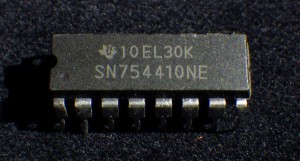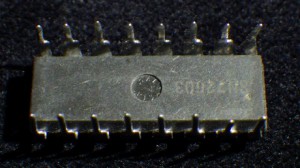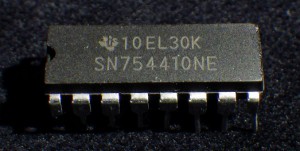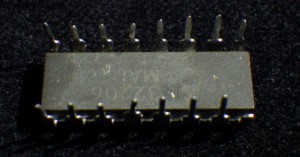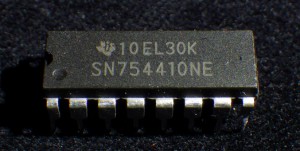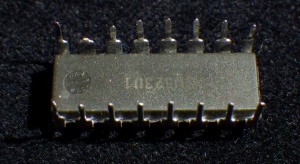It’s been a while since I exposed my students to counterfeit chips from dubious eBay channels, but now it has happened again.
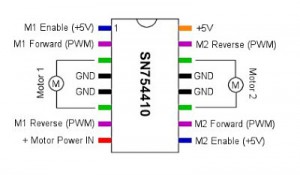
For a couple of projects I provided my students with dual H-bridge drivers, the Texas Instruments SN754410. I had a couple of these in my personal stock at home, which I had ordered a while ago for some project which I never finished. Already at that time I wondered a bit about the thin pins on some of the chips – too thin for a maximum current of 1 A, but I was not really suspicious.
Then came the feedback: some of the chips got hot, others didn’t work at all as expected. One chip appeared to be able to control one of two motors,…
Since I now had run out of chips, I reordered some new ones from a Chinese eBay-seller which I had had good experiences with in the past. Once these arrived I immediately noticed the different quality of the pins. Could there be something to it? I collected some of the broken chips from my students and also the remaining unused chips from the old batches – and to my astonishment I discovered some interesting details:
- all chips had the same batch identifier 10EL30K on the front
- despite the same batch identifier there were differences in the pin-1 marker
- some of the chips show different apparent chip numbers on the backside
Type A:
This counterfeit chip has a small, shallow spherical pin-1 marker and the backside carries the marking SN72603 and a round mould marker “MALAYSIA” in the middle.
Type B:
This counterfeit chip has a no pin-1 marker at all and the backside carries the marking SN32206 and a stamp “MALAYSIA”.
Type C:
This counterfeit chip has a deep, spherical pin-1 marker and the backside carries the marking SN52301 and a round mould marker “MALAYSIA” at one end.
If these chips actually would have come from the same batch at Texas Instruments I would expect that they also would have been formed in the same type of mould and thus carry the same type of pin-1 marker and backside markings. So far I only checked the most basic test – and yes the four center ground pins actually are connected to each other even in the counterfeit chips, whereas this would not be the case for one of the other chips which would be indicated by the strange markings on the backside of the chips.
The real stuff
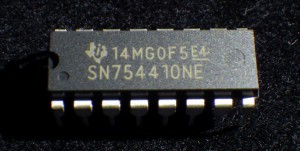
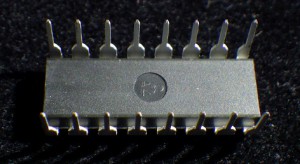
I will only use these in my future projects!


